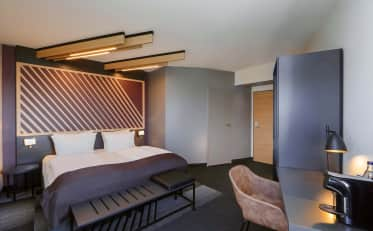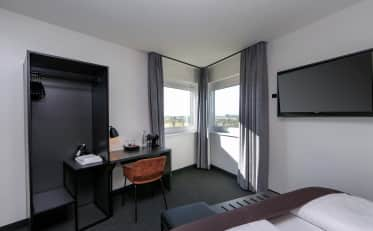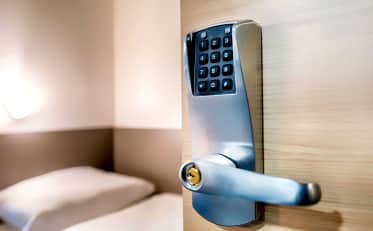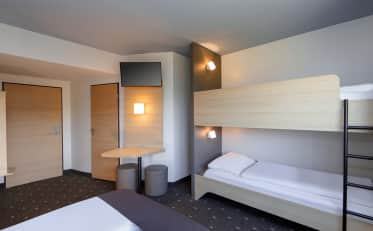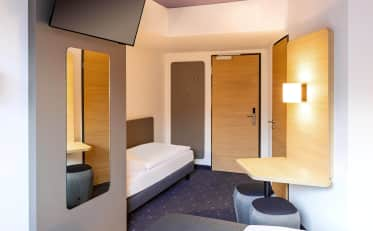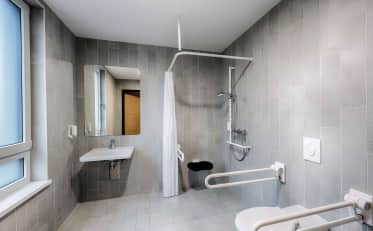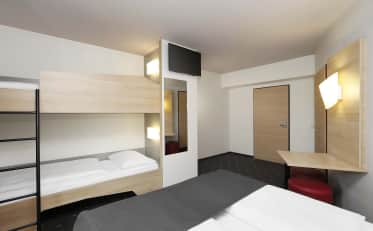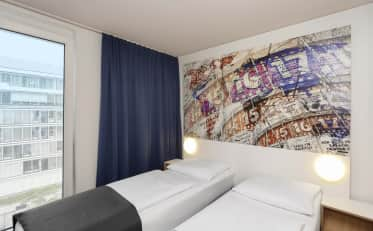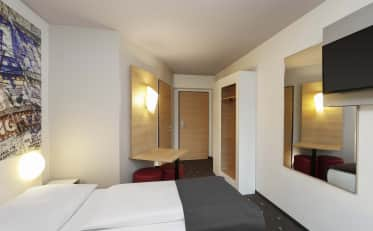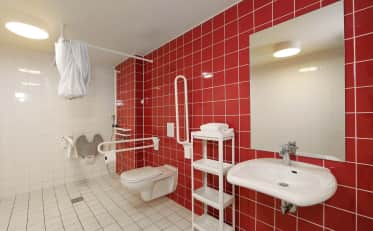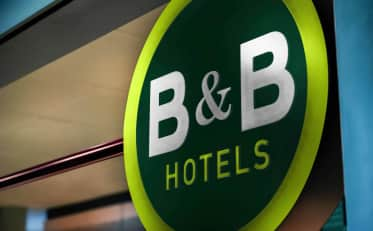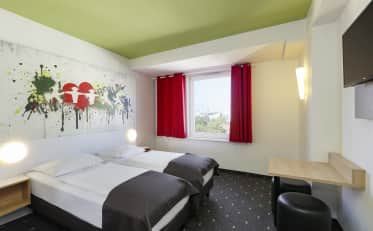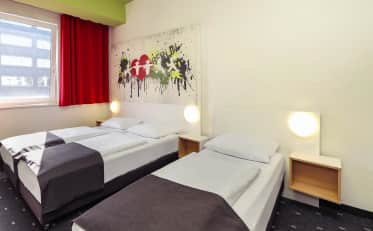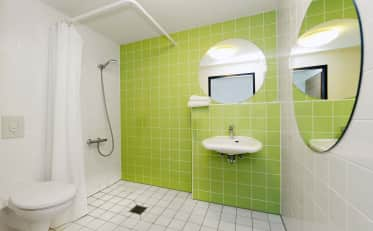Right in the middle: Checkpoint Charlie
Meanwhile, Checkpoint Charlie was set up between August and September 1961 as a checkpoint by the Western Allies in order to move from one sector to the other. From then on, all American, French and British armed forces and their personnel were checked here before their journey to the East. The International Alphabet of Letters was the inspiration for the name. After the Helmstedt-Marienborn (Alpha) and Dreilinden-Drewitz (Bravo) border crossings, there was now a third checkpoint, Checkpoint Charlie, through which the Allies could enter divided Berlin.
While the barrier, control barracks, sandbags and flags at Checkpoint Charlie are still reminders of divided Berlin today, the situation almost escalated in October 1961 when a Soviet and American tank took up positions here. The armored columns only withdrew the next day. Nevertheless, even the American President John F. Kennedy now spoke positively about the construction of the Wall: “A wall is a damn sight better than a war.”
At the same time, the GDR presented the Wall as a security system vis-à-vis the federal government, which was intended to protect against emigration, infiltration, espionage, sabotage, smuggling and aggression from the new West. Nevertheless, there were still numerous attempts to escape from East Berlin.
If you want to find out more about the topic or experience the life of Berliners behind the Wall, you should definitely visit the Blackbox Cold War Museum at Checkpoint Charlie in Friedrichsstraße or the fantastic Trabi Museum in Zimmerstraße. Alternatively, it is also worth using the popular augmented reality app Cold War Berlin to take a virtual look behind the scenes of the checkpoint.





















